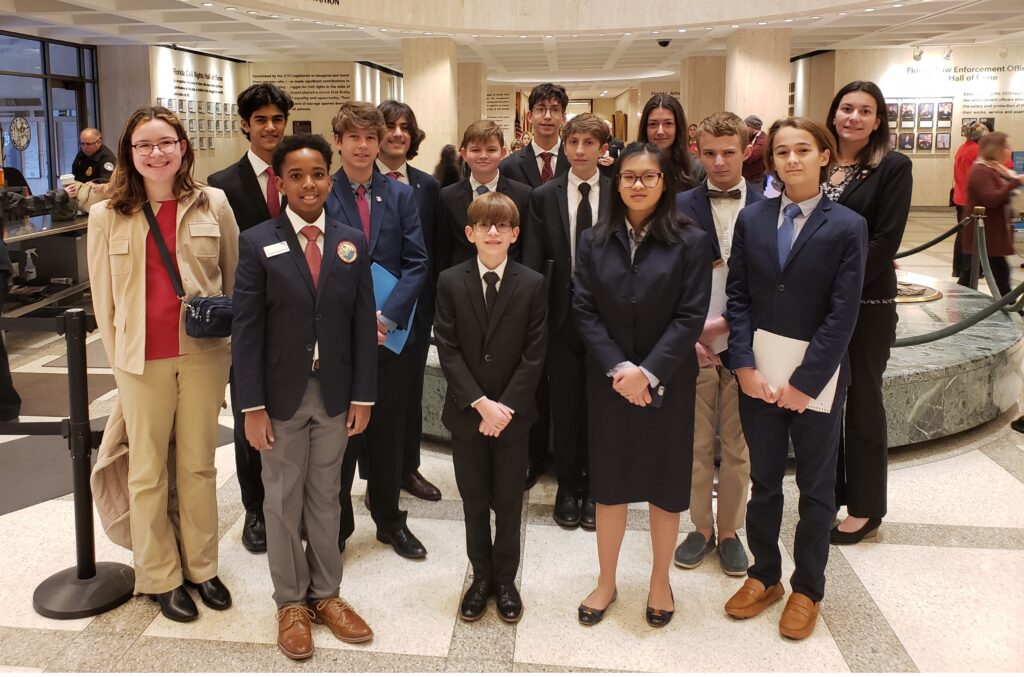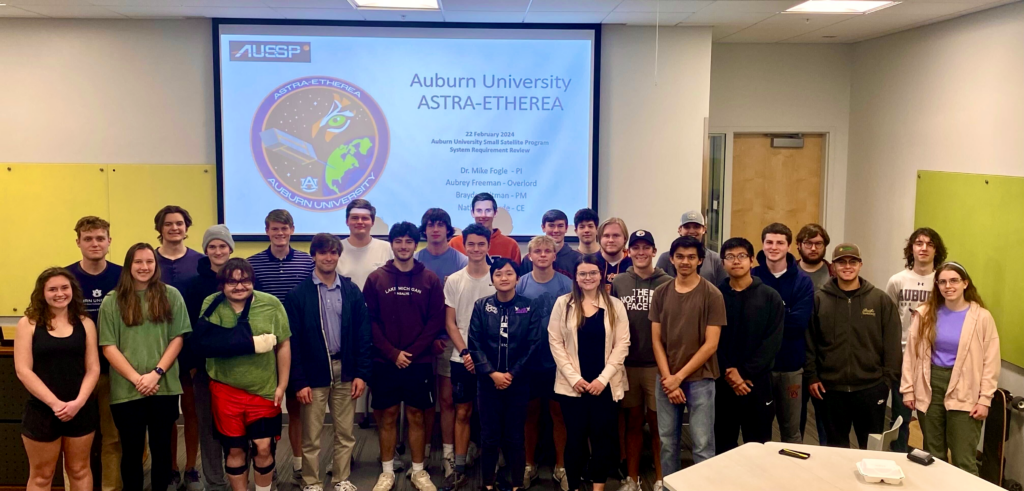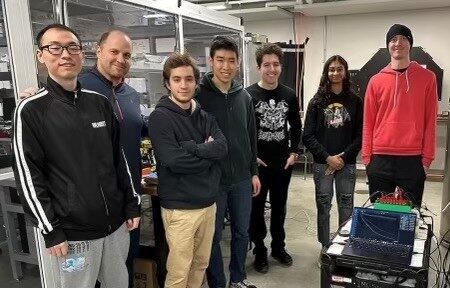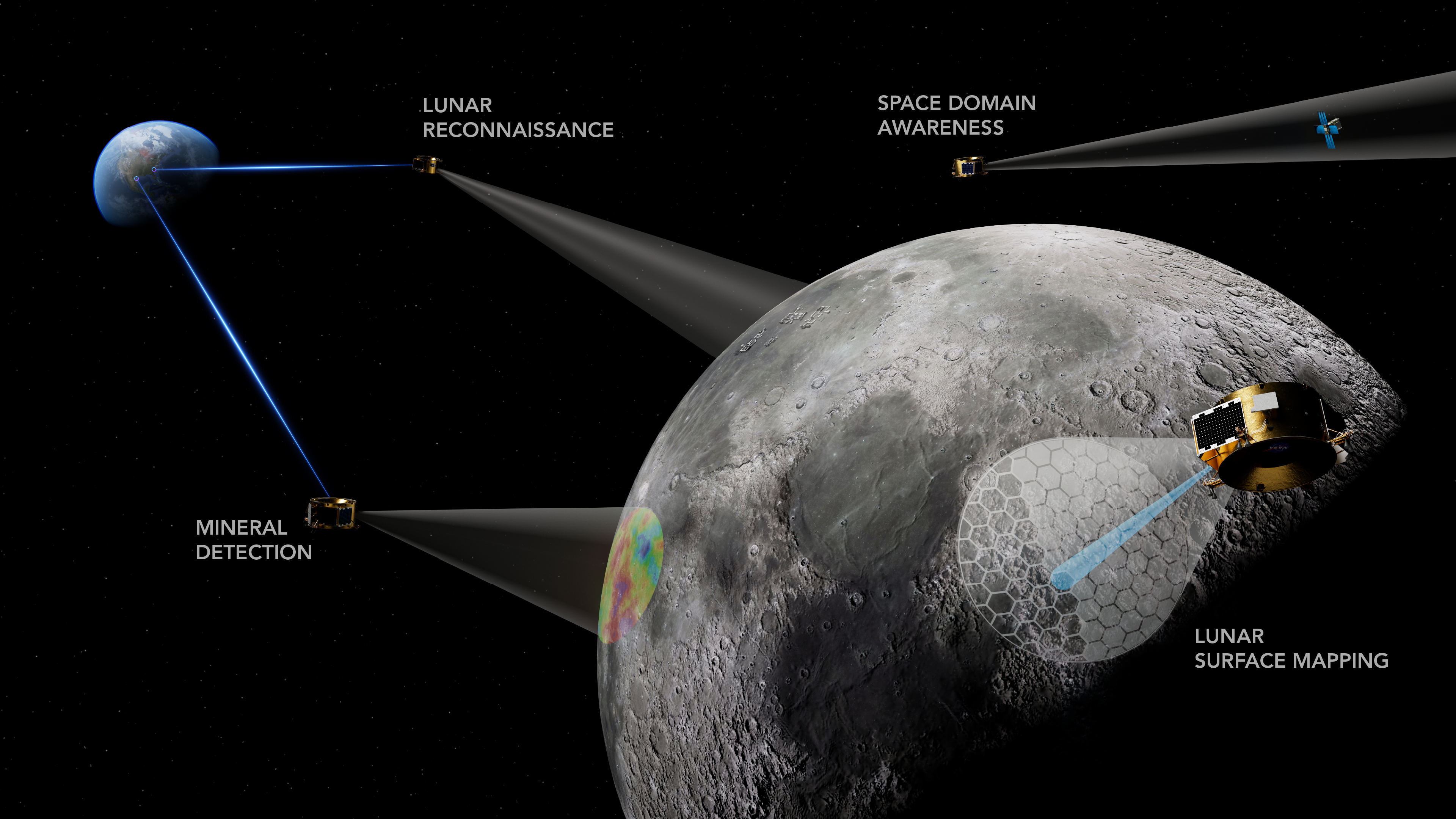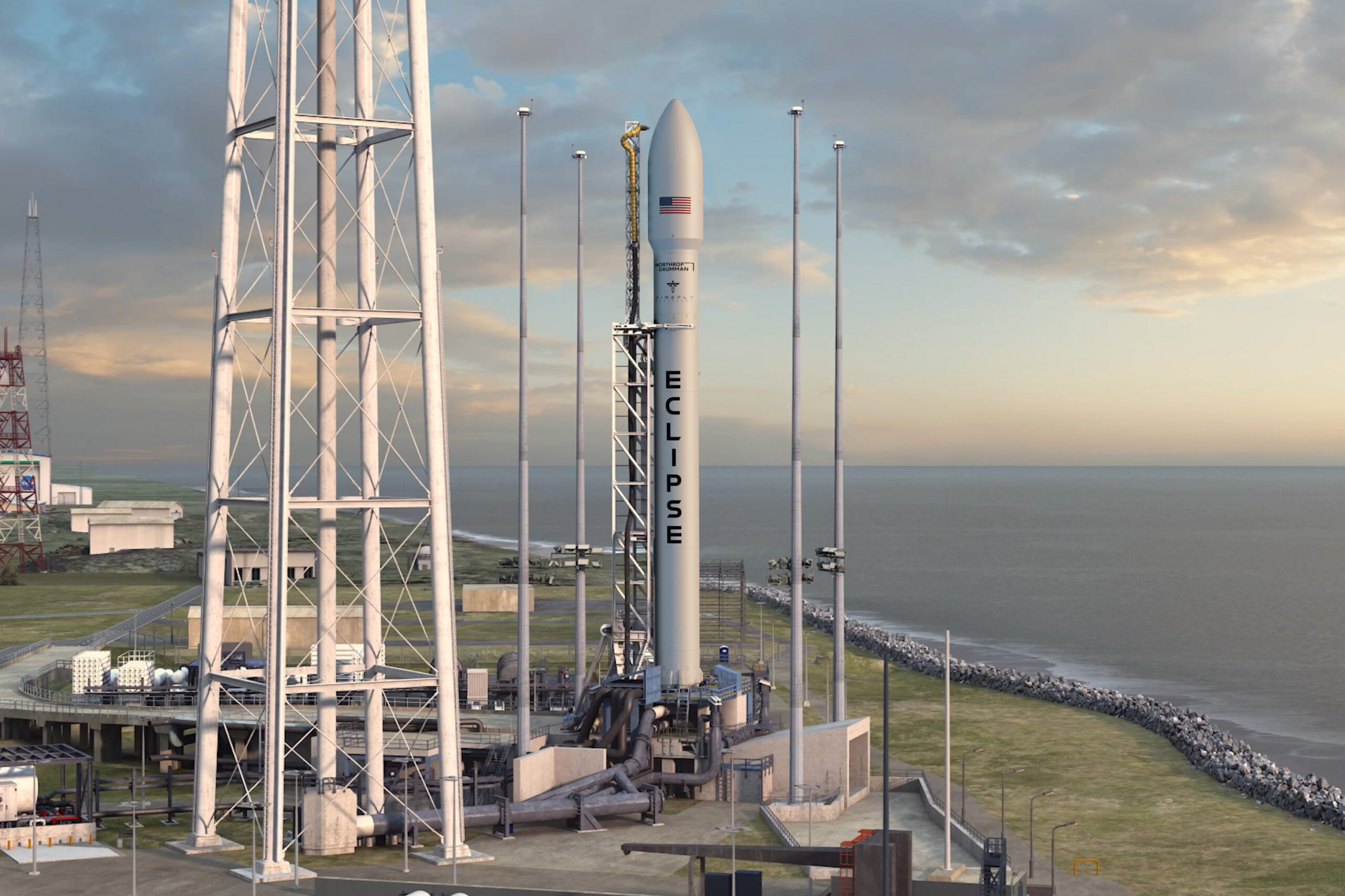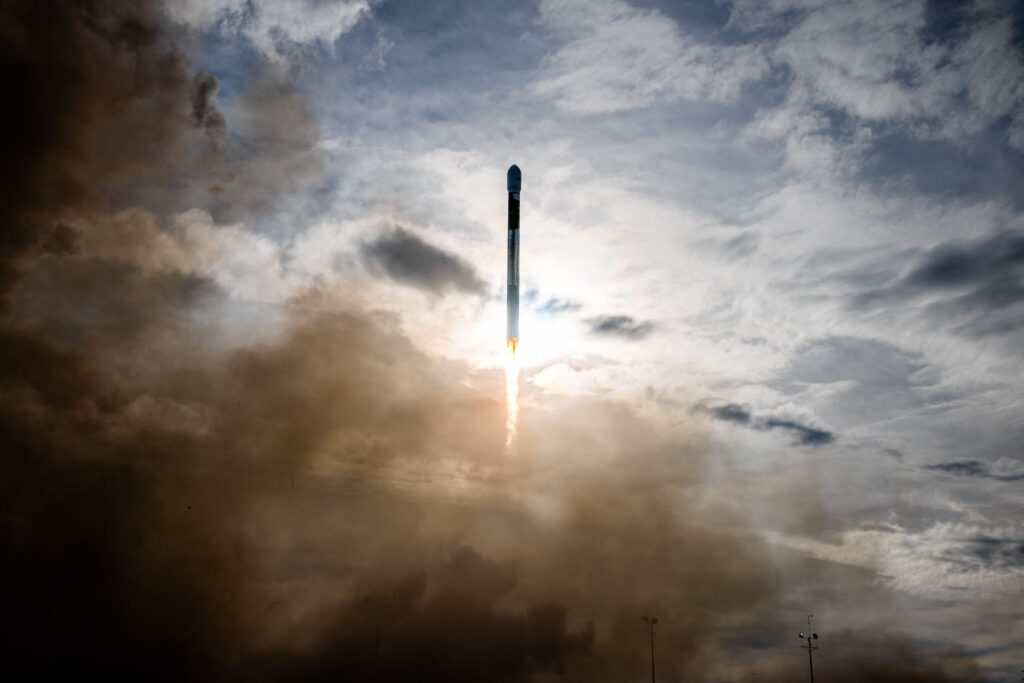
Company donates excess capacity on its Alpha rocket to launch CubeSats for educational institutions
Cedar Park, Texas, March 6, 2024 – Firefly Aerospace, Inc., an end-to-end space transportation company, today announced it selected three educational payloads to launch aboard Firefly’s Alpha rocket as early as 2025. As part of Firefly’s DREAM (Dedicated Research Education Accelerator Mission) program, Firefly is donating excess capacity on its Alpha launch vehicle to fly CubeSats from the University of Illinois, Auburn University, and the Aerospace and Innovation Academy in Florida.
“Firefly is dedicated to making space attainable for everyone, including our future workforce,” said Shea Ferring, Chief Technology Officer at Firefly Aerospace. “By providing a free ride on Alpha, we help kickstart satellite programs and robotics clubs that have a monumental impact on students’ career trajectories and our industry at large. Ultimately, our goal is to inspire students, allow them to gain hands-on experience, and help them realize that becoming a ‘rocket scientist’ is achievable with the right mix of grit, creativity, and technical fundamentals.”
In line with Firefly’s mission to make space for everyone, the DREAM program was established in 2019 to encourage students to develop an interest in science, technology, engineering, and math (STEM). DREAM eliminates the cost of entry for launch, allowing educational institutions to focus on developing and operating a small satellite program and training the next generation of aerospace engineers. The first round of DREAM payloads flew on Firefly’s Alpha FLTA001 rocket in 2021.
The second round of DREAM payloads selected to fly on Alpha rockets as early as 2025 include the following three CubeSats. A fourth DREAM payload will be announced at the 4S Symposium in May 2024.
- University of Illinois’ DarkNESS CubeSat will look for a dark matter decay signature in the form of 3.5 keV X-rays emanating from the black hole at the center of the Milky Way. Using cryogenically cooled Skipper Charged-Coupled Devices developed by Fermilab, a student-led team within the university’s Laboratory for Advanced Space Systems at Illinois (LASSI) is working to complete a critical design review for the satellite this summer. According to LASSI’s Director, Dr. Michael Lembeck, “the satellite will be the first to search for the source of dark matter using this novel technology for X-ray astronomy observations in low earth orbit.”
- Aerospace and Innovation Academy’s WolfSat-1 CubeSat will test the viability of the Ideonella sakaiensis bacteria on orbit and assess its ability to degrade polyethylene terephthalate, a major component of single-use plastics. This demonstration aims to enable an efficient waste recycling system for prolonged crewed missions and minimize the risk of plastic pollution on future lunar and Martian colonies. Overseen by the Aerospace and Innovation Academy, the Wolfpack CubeSat Development Team is a nonprofit organization that prepares 11- to 18-year-old students to design, build, test, and fly CubeSats before graduating high school. The students will develop the WolfSat-1 payload, integrated on a NearSpace satellite bus, with assistance from Florida Institute of Technology and students at the University of Florida.
- Auburn University’s ASTRA-ETHERA CubeSat will demonstrate a compact, low-cost electrodynamic tether to enable satellite deorbiting within five years of mission completion. The deployable device utilizes the plasma surrounding Earth in addition to the Earth’s magnetic field to induce a force on the tether, reducing the lifetime of spacecraft in orbit from decades to a few years. This approach will allow satellites to operate in higher orbital altitudes and meet deorbiting compliance regulations. Dozens of students ranging from freshmen to graduate students within the university’s Small Satellite Program will support payload development, testing, and mission operations.
“Firefly’s DREAM program offers a unique real-world educational experience for smallsat development, surpassing simulated missions,” said Michael Fogle Jr., Professor of Physics at Auburn University. “With tangible deadlines and the excitement of contributing to orbit-bound projects, students gain vital project management and engineering skills essential for the expanding space industry.”
Firefly’s request for proposals for 2026 DREAM payloads will open in 2025. For more information, visit fireflyspace.com/dream.
About Firefly Aerospace
Firefly Aerospace is an end-to-end space transportation company with launch, lunar, and on-orbit services. Headquartered in central Texas, Firefly is a portfolio company of AE Industrial Partners (“AEI”) focused on delivering responsive, reliable, and affordable space access for government and commercial customers. Firefly’s small- to medium-lift launch vehicles, lunar landers, and orbital vehicles provide the space industry with a single source for missions from low Earth orbit to the surface of the Moon and beyond. For more information, visit www.fireflyspace.com.
Media Contact
